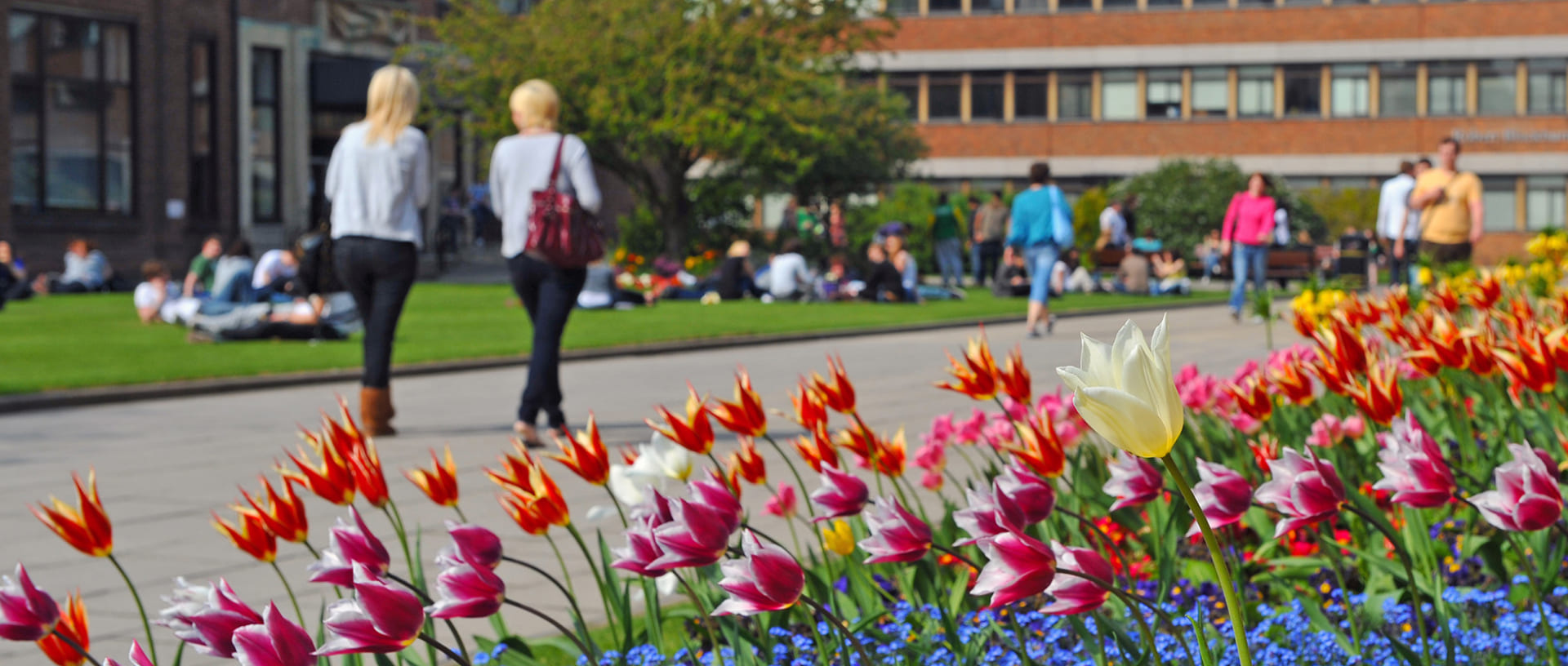Discover practical tips for making homes safer and more comfortable for people living with dementia, based on expert-informed design guidance.
As dementia progresses, living at home can become increasingly challenging. So, making thoughtful changes to a person’s environment can greatly increase the comfort and safety of people living with dementia.
The practical tips shared in this blog post series are based on a comprehensive dementia-friendly design tool published by Kirklees Council. Designed in collaboration with the University of Stirling’s Dementia Services Development Centre (DSDC), this tool provides a wealth of information on dementia-friendly space requirements.
1.Maximise familiarity
For people with dementia, maintaining familiarity in their environment is crucial. This can mean preserving the arrangement of furniture or, if the person is moving to a supported care facility, keeping beloved items such as a favourite sofa and armchair to help ease the transition.
2. Enhance visual contrast
Improve the visibility of essential items by using tonal contrasts. For example, having towels, toilet seats, and soap dispensers in colours that starkly contrast with the walls and floors can help individuals distinguish these items more easily. This can help improve independence and dignity.
3. Ensure safe mobility
Creating level access throughout the home is essential. This includes entrances, bathrooms, and outdoor areas, which allows for easier movement. This is especially important for those who use mobility aids. In bathrooms, installing a wet room is a great way to improve safety.
4. Optimise lighting and reduce clutter
Enhancing both natural and artificial lighting throughout the home can help alleviate confusion and support a healthy sleep cycle. It's also important to minimise clutter and keep pathways clear. This reduces the risk of falls and makes navigation easier.
5. Use ergonomic technology and simple adaptations
Choose technological devices to meet the individual’s specific needs. This can include getting TV remote controls with large buttons, installing clocks with large faces, and choosing other devices designed for ease of use. Adapting the home with simple modifications like grab bars and non-slip mats can also improve safety.
6. Think about visual accessibility and prompts
Use clear visual cues to assist orientation around the house. Glazed cupboards and open shelving can help people remember locations and reduce frustration. It’s worth thinking about the placement of everyday items, too.
For example, cups and mugs can be placed next to tea, coffee, and the kettle. Bowls and plates can be placed next to the cutlery drawer.
In some cases, it may be helpful to place photographs of contents on cupboard doors as reminders.
7. Make the front of the house easily recognisable
Making the entryway of the home stand out can help individuals identify and differentiate their home from others. Ways of doing this include painting the house or doorway in a distinct colour and planting unique plants, flowers and trees outside. Garden decorations and signage can add to this too, especially if the person with dementia has a particular connection to them.
8. Support independence in hygiene
In areas like bathrooms, use fixtures that are easy to recognise and operate, and ensure there is enough contrast for visibility. Also, positioning the bed to have a direct line of sight to the bathroom or toilet door can help facilitate independence for longer.
An MSc in Dementia: Your key to creating dementia-friendly homes
Understanding the unique needs of individuals with dementia is key to designing environments that support their well-being. If you're a care worker or practitioner looking to improve the quality of life of people living with dementia, the Hull Online MSc in Dementia can help you make a lasting impact.
Developed with specialists in dementia practice and policy, this course teaches you how to create spaces where people with dementia can live safely, comfortably, and with dignity. You'll gain both the theoretical knowledge and practical skills needed to make meaningful changes in their living environments:

